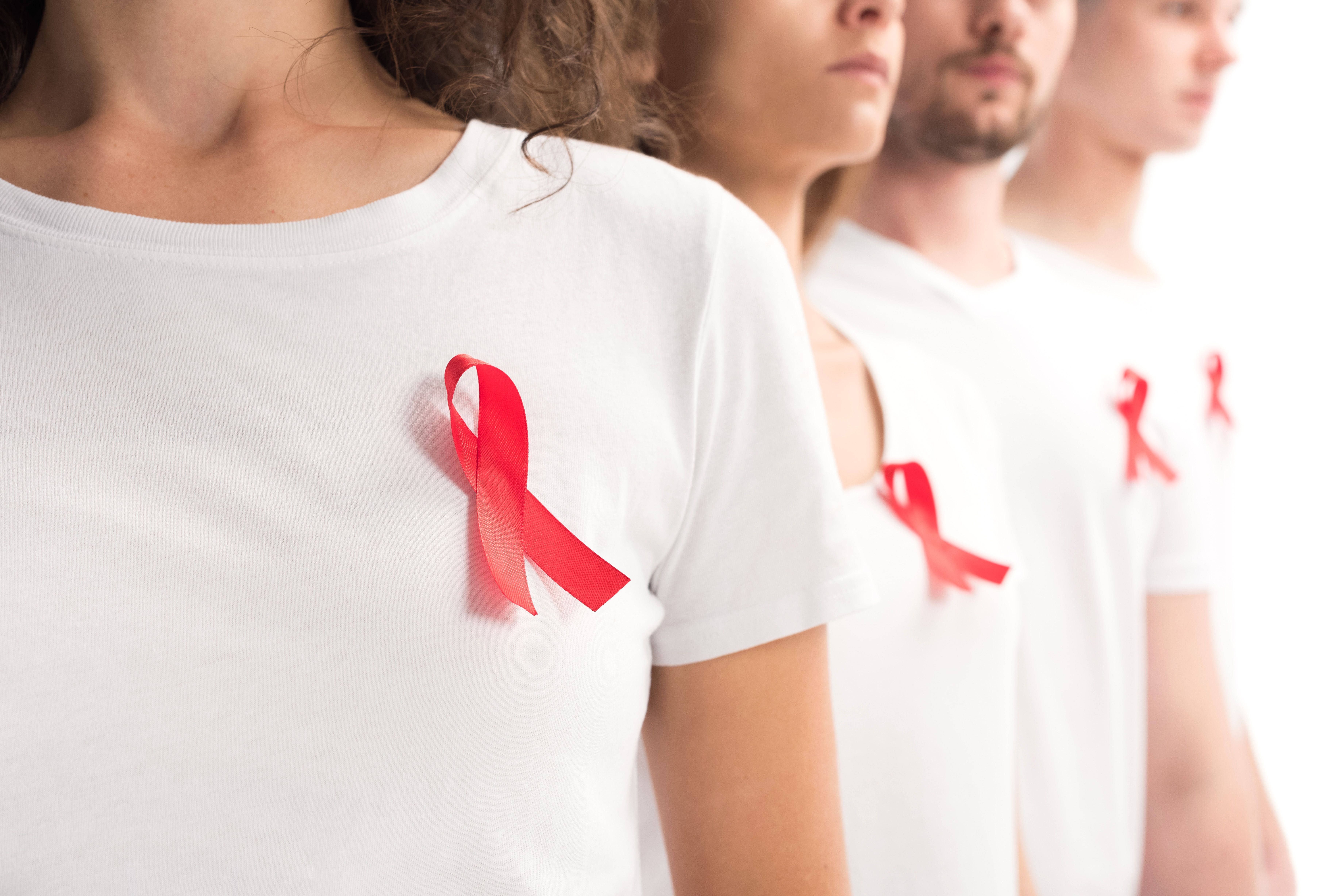Article
Viral Load Tests, Initial Visits Reduced During Pandemic in People Living With HIV
Author(s):
A new study has found that initial visits and the number of viral load tests decreased during the COVID-19 pandemic but viral suppression and hospitalizations remained stable.
Although initial visits and the number of viral load tests administered to people living with HIV (PLWH), their hospitalizations, mortality rates, adherence to medication, and viral suppression remained stable, according to a study published in Journal of Clinical Medicine.
The COVID-19 pandemic will likely lead to long-term changes in health outcomes, specifically for vulnerable populations, such as PLWH. Challenges in accessing care due to cancellation or postponement of nonurgent medical appointments could lead to bigger effects down the line. This study aimed to examine impacts of the COVID-19 pandemic on PLWH seeking care.
The study had a retrospective cohort design and was conducted in the Infectious Diseases Department of the Ramon y Cajal University Hospital in Madrid, Spain. The population included in the study had diagnosed HIV and were registered in the Patient Information and Management Systems Service; all data were analyzed from March 2019 to September 2021.
Three distinct periods were created to evaluate the differences: prepandemic (March 2019 to February 2020), pandemic (March 2020 to February 2021), and post pandemic (March 2021 to September 2021). The number of PLWH who first visited the clinic, detectability of viral load, treatment adherence, and hospitalizations and deaths were all examined. Each of these was compared between the prepandemic and pandemic periods and then between the pandemic and postpandemic periods.
There were 3265 PLWH who were examined in the clinic for a total of 8860 outpatient visits. There was a decrease in the number of PLWH who were new to clinic who visited at the beginning of the pandemic period (3.97%). Compared with the prepandemic period (6.71%) and the postpandemic period (5.25%), the pandemic period percentage was significantly lower for new PLWH visits. The proportion of initial visits was also 73.87% higher (OR, 1.74; 95% CI, 1.76-2.20) in the prepandemic period compared with the pandemic period and 28.28% higher (OR, 1.28; 95% CI, 0.10-1.65) in the postpandemic period compared with the pandemic period.
There was a decrease in the total number of viral load tests that were performed in the pandemic period compared with the prepandemic and postpandemic periods: 2414 vs 2831 vs 2640, respectively.
However, the proportion of undetectable viral loads, or those who had viral suppression, remained stable, with 90.39% of viral load tests showing viral suppression during the pandemic period vs 85.06% in the prepandemic period and 92.65% in the postpandemic period. The proportion of patients who had at least 1 detectable viral load was 65.21% higher (OR, 1.65; 95% CI, 1.39-1.96) in the prepandemic period compared with the pandemic period and 25.40% lower (OR, 0.75; 95% CI, 0.61-0.91) in the postpandemic period compared with the pandemic period .
Adherence to treatment, number of hospitalizations, and mortality were all not affected by the COVID-19 pandemic. Undetectable viral loads also did not see any significant change.
The study authors concluded that although there was a decrease in viral load tests and new visits from PLWH during the pandemic, adherence to treatment, hospitalizations, mortality, and undetectable viral loads remained stable throughout the pandemic.
Reference
Cancio-Suárez MR, Alonso C, Vivancos MJ, et al. Impact of COVID-19 on the care of patients with HIV infection. J Clin Medicine. Published online June 7, 2023. doi:10.3390/jcm12123882
2 Commerce Drive
Suite 100
Cranbury, NJ 08512
© 2025 MJH Life Sciences® and AJMC®.
All rights reserved.





